
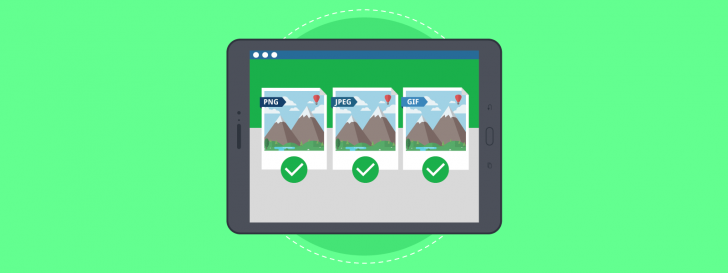
An image can convey more than a thousand words, making it a powerful tool to engage with readers on your website. While using images can attract attention, it is important to optimize them carefully for your site.
Images take up the most storage space in web hosting and are crucial for page loading speed. It is important to optimize images to reduce disk space usage and improve site loading times for both the website owner and visitors.
I have 4 important rules that will assist you in optimizing images on your website effectively. 😊
Select the appropriate file extension for your pictures.

chsyys/UnPlash
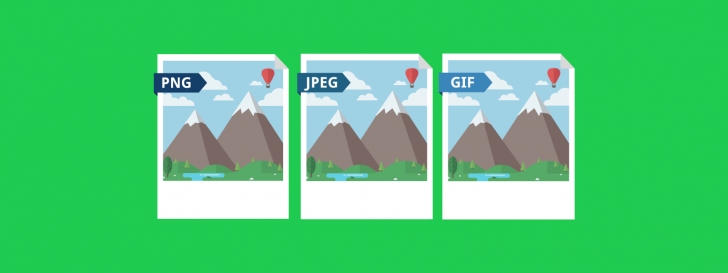
The file extension significantly impacts the size of a file. For websites, the main and most commonly used extensions are JPEG (or JPG), GIF, and PNG. These extensions differ in terms of size and image quality, making each suitable for specific situations.
JPEG format
JPEG, developed by the Joint Pictures Expert Group, is a popular format for photos due to its support for millions of colors and various compression levels. However, each compression reduces the file’s quality. It is commonly used for email attachments and websites where image size is prioritized over quality. For images with good quality, a JPEG at 40% to 60% quality compared to the original can be used with minimal loss. It is important to note that JPEG allows for greater reduction in photographs compared to vectors and illustrations.
GIF
The GIF format is widely recognized for generating image sequences resembling videos. Although it offers good compression, it has a limited color palette of only 256 colors. Therefore, GIFs are recommended for icons, logos, grayscale images, and black-and-white pictures.
PNG format
PNG (Portable Network Graphics) can handle millions of colors, making it suitable for photographs, but its compression is less efficient compared to JPEG, resulting in larger file sizes. Unlike JPEG, PNG maintains image quality after multiple edits. It is recommended for vectors, images with text, and illustrations, as well as for editing without quality loss. Additionally, PNG allows transparency.
Please provide the text you would like me to paraphrase.
JPEG is ideal for unedited photographs or when file size is more important than quality, while GIF is suitable for black and white images with fewer than 256 colors. PNG is recommended for images with transparency, vectors, typography, and illustrations. Understanding the appropriate use of each file format is crucial for optimizing images on your website efficiently.
Print out the images prior to posting them on your website.

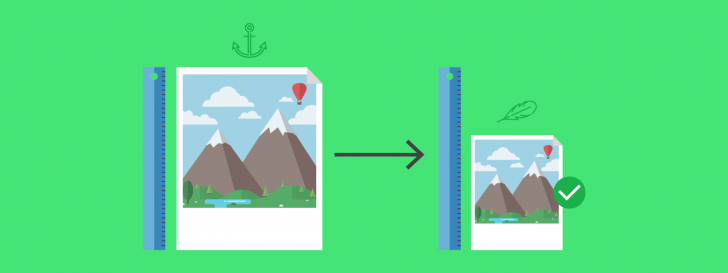
Even if the sizes of different formats vary, it is still possible to reduce the size of your images if they are in JPEG or PNG format. This is crucial for optimizing images. First, let’s explore the importance of using image compression.
When you choose a hosting service, you are allocated a certain amount of storage space which will be used up by the images on your site. The loading time for visitors accessing your site depends on the size of the content and their bandwidth, impacting user experience. Slow loading times can lead to a decrease in Google ranking, as speed is a key factor in search result rankings. Google favors websites that are fast and lightweight. 😊
Compression reduces the file size of an image by consolidating repeated pixels into one, using tools like Photoshop or online services like TinyPNG/JPEG as alternatives.
Correctly name your images

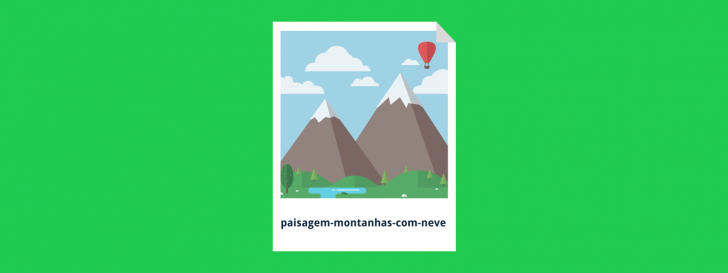
Google has not developed any tools capable of interpreting images. However, by searching for specific phrases like “pink doll,” you can still obtain relevant search results. This is because Google reads the image titles. To optimize images on your website, avoid using generic names like “vector.png” and separate words with hyphens, such as “how-optimize-images-to-the-your-site.” Additionally, remember to include accents and special characters.
Another method to enhance search images is by utilizing “Alt Text,” which serves as an alternative description for your image. Unlike the image file name, which should be concise and free of hyphens, the Alt Text does not have these restrictions. It is recommended that the Alt Text be descriptive, as it will also be utilized by individuals with visual impairments and will be displayed in case of loading issues. An example of Alt Text could be: “Scenery featuring two snow-covered mountains and a balloon in the right corner.”
Google considers the title, alternate text, and caption of an image when ranking it in search results, according to a study by Kissmetrics in 2012. This can help engage users and decrease site abandonment.
Handle image dimensions with caution.

chsyys/PixaBay
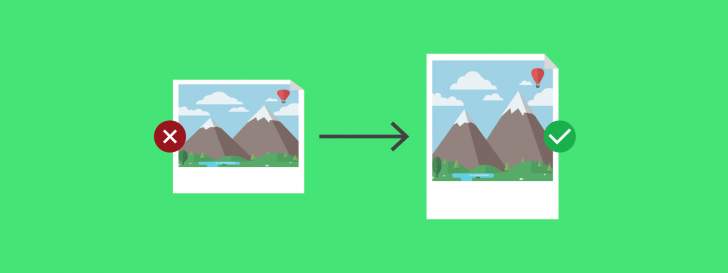
An attractive website garners more visitors than a visually unappealing one. Image size plays a significant role in aesthetics and technical aspects of a website. For instance, using oversized images can lead to unnecessary disk space usage and slow down the site’s performance.
Even if your website is responsive, the tool you use only resizes the image for display, while the original size is retained in your site’s storage.
Other methods for correctly utilizing image dimensions include eliminating empty borders and consistently setting height and width based on your template.
In conclusion
Optimizing images for your website is not a complex task. These suggestions benefit both the optimization of your site and the user experience, resulting in a win-win situation. 🙂
Remember that in addition to being technically important, these guidelines hold significant value. Your images are among the initial elements that catch the user’s eye upon visiting your website, so make sure to give them the attention they deserve.
Optimize your website with SEO practices, ensure your content aligns with your images to meet user needs effectively.
Do you have any inquiries? Feel free to discuss the functionality of images on your website in the comments section. 🙂
Publication date: 30/05/2017 (revised on 20/04/2018)
Tutorials are associated with tags.
